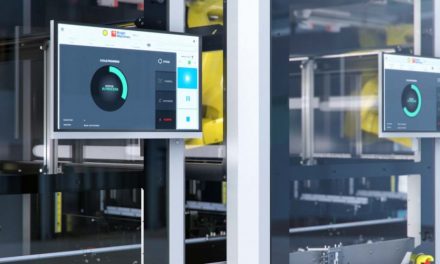Lessons Learned in Sustainable Tech – Maintaining Eco-Design Momentum When Outsourcing Design
Introduction to the quarterly column “Lessons Learned in Sustainable Tech,” by Pamela J. Gordon.
With this new quarterly column, you can now look forward to reading about common corporate stumbles on the path to product stewardship and supply-chain responsibility, and learn how to get back on the path to profitable sustainability.
A Silicon Valley product compliance engineer was baffled:
“Our executives made a business decision to use an ODM’s design. Suddenly all of our Eco-Design improvements dropped out of our products.”
The engineer had been proud of the fact that his company had its product-launch teams trained in Eco-Design, and commissioned Life Cycle Assessments to measure the products’ increasing environmental efficiency. Plus, the company had a take-back program that reduced the cost of product replacement. Executives were on board with the Eco-Design programs, and had approved a roadmap for increasing environmental savings.
Then when the company chose for its next-generation products hardware platforms designed by an Original Design Manufacturer (ODM) abroad, the company’s Eco-Design momentum not only stalled but slipped backward. The compliance engineer did include Eco-Design elements in the design requirements for the ODM, but other priorities took over and beyond-compliance environmental features were lost.
This experience is common, unfortunately.
Last year I had the honor of chairing the Eco-Design section of the International Electronics Manufacturing Initiative’s (iNEMI) 2017 Sustainable Electronics Roadmap. The effort included identifications of industry gaps to fill – to foster achievement of the 10-year roadmap. One such gap is in the prioritization and implementation of Eco-Design practices when OEMs outsource product design to third parties, especially ODMs that may not have had their customers’ level of Eco-Design training.
OEMs have been increasingly depending on ODMs (and Joint Design Manufacturers, JDMs) for a wide range of consumer products (wearables, smart phones, printers, entertainment devices) and business-to-business products (Internet of Things, data center equipment, industrial controls, medical instrumentation, aerospace, and automotive electronics). Also, OEM and ODM relationships span all of the electronics’ industry’s geographic regions.
Fortunately, brand owners can maximize Eco-Design of electronic products and packaging when outsourcing design to ODMs. Here are some best practices and specific recommendations for how ODMs and OEMs together can maximize eco-design and its benefits to business profitability, social responsibility, and environmental health.
– When Brands Select Design Suppliers, they can prioritize those with leadership-level designs for responsibility and efficiency.
– Consider ODMs used by the electronics brands that lead the industry in responsible, efficient technologies.
– Ensure that the OEM’s design requirements for responsible, efficient designs are given an “A priority.”
– Once having chosen the ODM, train or require training of their design teams in the latest Eco-Design principles.
– Provide or approve an Eco-Design Scorecard – customized to the product families.
– Provide or require Life Cycle Assessment (LCA) tools to measure increasingly efficient designs.
– Assess the ODM’s success by setting reductions for CO2 emissions in some or all of the product’s five life cycle stages (materials, manufacturing, transportation, use, and post use), based on objectively-conducted LCAs.
– Add assessment of responsible, efficient technologies in all quarterly business reviews.
– Reward the ODM for achieving Eco-Design innovations that also increase product reliability, decrease cost of goods sold, and provide end customers with lower cost in the use phase. (By the way, nearly all Eco-Design principles should and do provide these business benefits.)
By deploying Eco-Design whenever OEMs and ODMs work together, the entire electronics industry will benefit.
Pamela Gordon – Biography
Senior Sustainability Consultant at Antea Group | CEO Technology Forecasters
Expertise: Creating profitable sustainability strategies especially in the electronics industry, Designing efficient products and supply chains, Coaching executives in sustainable-business leadership.
Serves as Chief Sustainability Officer (CSO) at Tech Companies desiring numerous business, environmental, and competitive benefits.
Wrote the book on “Lean and Green.” Keynoter, author, and thought-leader on profitable and responsible businesses. Teaches Eco-Design to electronic-product designers and engineering students .
Serves as judge for The CleanTech Open, and on Boards for Eco-Catalyst Inc., Technology Forecasters Inc., and (formerly) Institute of Management Consultants.
CEO of Technology Forecasters Inc. (since 1987), a strategic consulting firm helping companies thrive through best-practice supply chains and profitable sustainability.
Formed the Executive Think Tank on Supply Chain ― mapping a successful, responsible future for the tech industry. Certified Climate Reality Leader.












